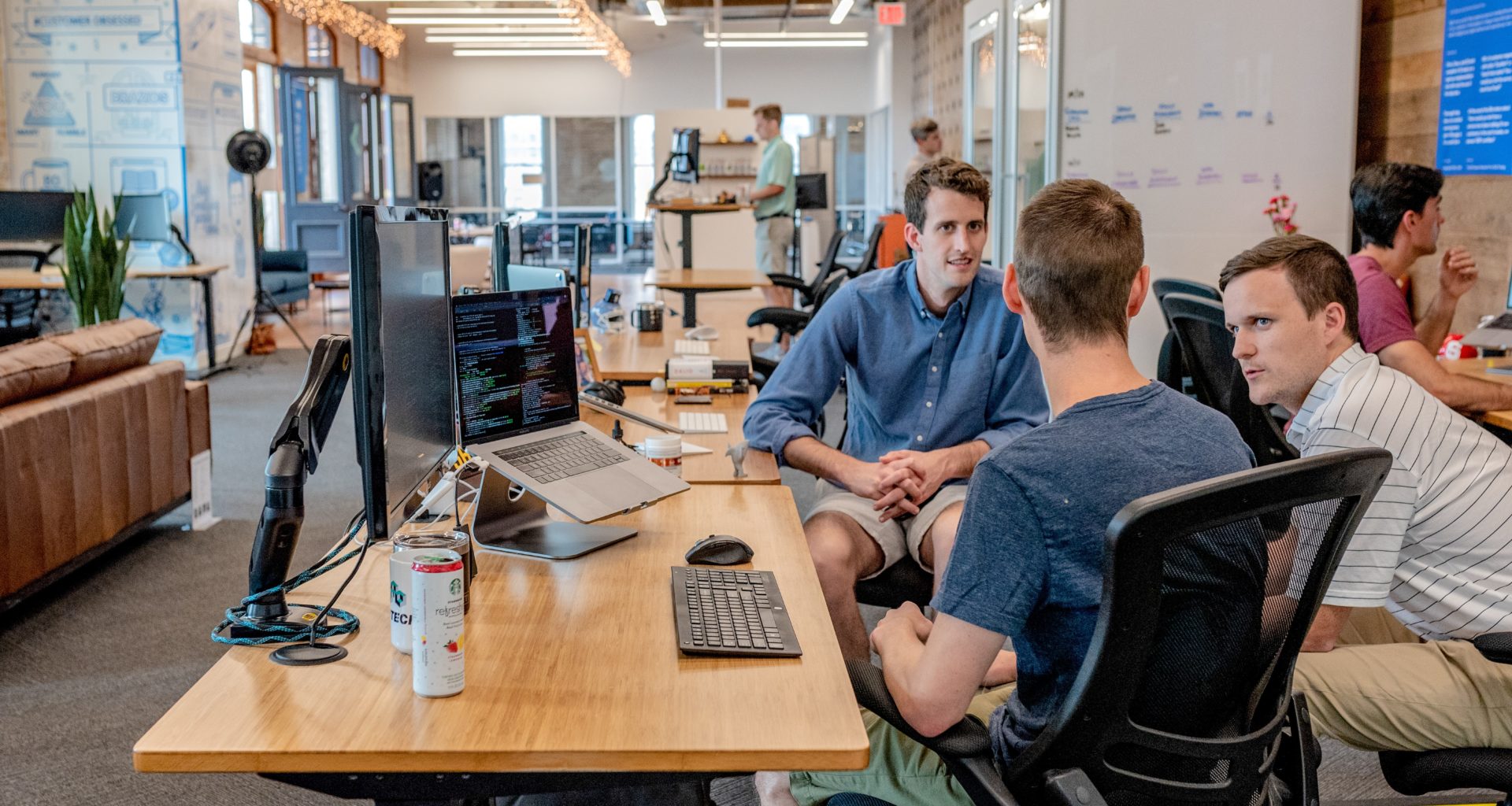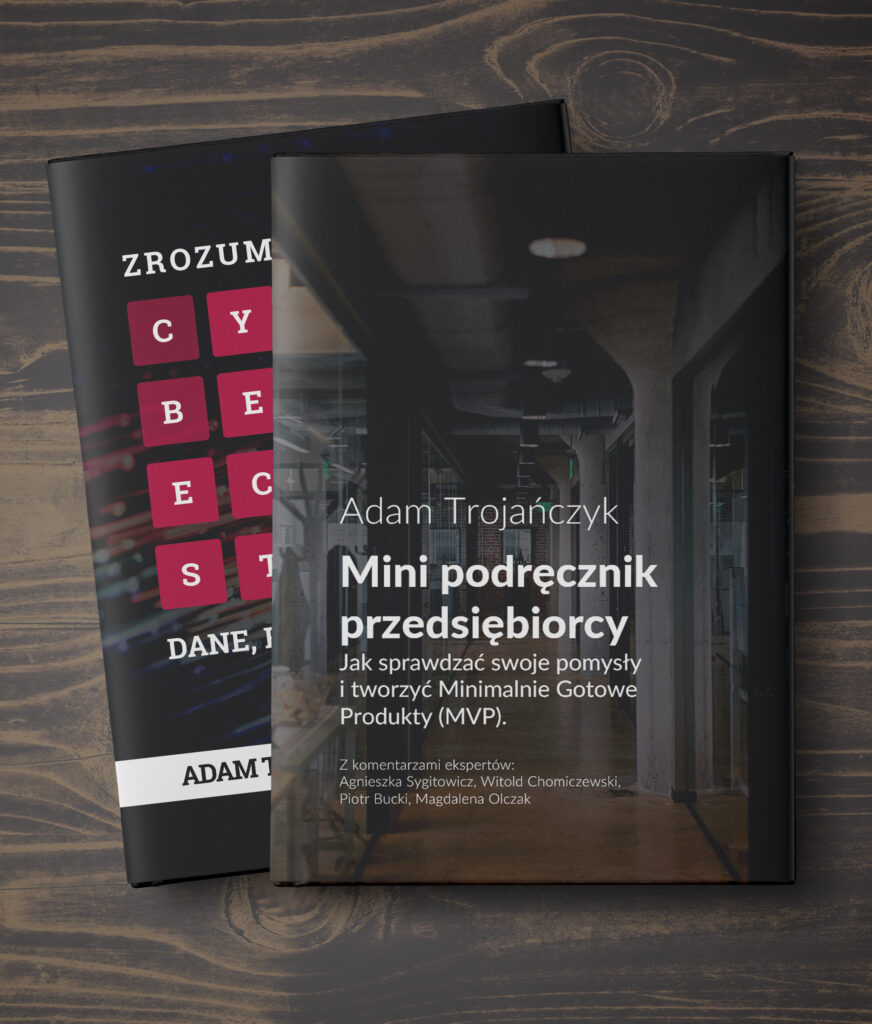When I was working on my own startup a few years ago, I couldn’t deal with the most was communicating and describing what I was currently doing. I completely lacked the strength and energy to come out introverted. I didn’t study computer science to have to talk to people. But I quickly learned how wrong those assumptions were and how important it is to communicate with others nicely and understandably.
I’ve learned a lot since then. Now that I’m working at an accelerator and have the opportunity to be on the other side of the barricade, I often see the little inconsistencies that occur when startups are presented during recruiting meetings. Learn more about applying to a startup acceleration program
Table of Contents
You’ve passed the initial assessments and got to meet with your partner. What’s next?
You’ve filled out the acceleration program application. You passed the formal assessment, then the substantive assessment. You collected enough points, and it happened, you’ve been invited to an accelerator recruitment meeting. This is practically the finish line and one of the hardest parts of the journey. How to convince the accelerator’s team and partner’s representatives (technology buyer) to choose you?
Come on time, or even earlier, and bring your equipment
This may seem trivial, but it’s not. In the accelerator program where I worked, we allowed up to 25 minutes for recruiting meetings, and meetings are held every half hour. In the case of lateness, the problem of under-timing arises. Suddenly, from almost 30 minutes of presentation, you will have 20 or even 10 minutes left. There is no chance to tell everything you have prepared in time. So if you are coming from far away, plan your journey well to avoid unpleasant surprises. If you arrive early, turn on your computer equipment in front of the room, fire up your presentation, and set it to the first slide. When you get to the interview, you’ll have time to say hello, rather than having to fire up the equipment and look for your presentation quickly.
Also, take pity on others and bring adapters with you. If you’re going to be presenting on your own equipment, don’t count on everyone having VGA, DVI-A(D,I), DisplayPort, mini, micro HDMI, or maybe USB-C adapters. Even if they do, what happens if something doesn’t work and you need to connect to the projector.
Prepare for this as best you can. This way, when you enter the room, not only will you not waste your time, but you will make a good impression.
How about a remote presentation?
Only if you really can’t show up and only when it is necessary. Otherwise, showing up gives you a much better perception of the situation and more information about the people in the room. You have a chance to react in real-time, and you can also be remembered for your good side. After all, the first impression is extremely important. Remember that the representatives of the Technology Recipient may also have traveled from far away for the meeting. If they wanted to, why shouldn’t you?
Say hello
Unless you are ill, it is a good idea to shake hands with everyone sitting in the room, move over and ask where you can sit. This is a very important action that we forget when stress accompanies us. Approach with a confident step, upright and smiling. You are sure to make a good impression.
When, upon entering the presentation, you see that the people who are supposed to listen to you are clearly “out of sorts”, don’t worry. You don’t know what happened before. You don’t know what the previous presentation was. You see them without the baggage of thoughts that may be weighing on their minds at that moment. When you start the presentation right, you will see that they will start listening to you right away.
Presentation
I participated in hundreds of auditions, where the presentations that showed us startups were at a really different level, from those where nobody knew what was going on and understood nothing to those where we were knocked off our feet for the level of professionalism. My advice – first of all, remember that your presentation should not last longer than 5 minutes – unless the accelerator sets other rules. Try to keep the whole “meat” of your solution to no more than 30 seconds and spend the rest of the time describing the idea, how the problem is solved, how you solve it, introduce the market, business model, team, and timeline of your product development (where you are, what you did, what you will do). Also, be prepared to present the solution you want to implement with a partner i.e. your acceleration idea.
Remember:
- One sentence when you’re describing something, two when you want to explain;
- One sentence on one slide;
- Don’t make people read. They are supposed to listen to what you say to them and what you tell;
- No “bullet points”;
- Nice pictures, well-cut graphics, and non-serif font;
- If you have a team of only technical people, you will face a much greater effort to speak intelligibly to everyone. Avoid abbreviations, speaking interjections in English (very annoying), and using words understood only in a given industry. If you have an extrovert in your team, let him lead the presentation, it will be much easier for him and more pleasant for others;
- When talking about the team, do not diminish names. Do not say our engineer Bartor our doctor Ellie, even if you call each other in your team. Bartholomew and Elisabeth sound much more professional.
Don’t forget your partner
The most frequently asked question when meeting with an accelerator right after giving a presentation is: “What is your idea for acceleration, and what would you like to do with your partner?”. Why most common? First, that’s what the accelerator process is all about to get the product into the corporation, and second, few people remember to put that in their presentation.
Don’t wait for a solution from the other side. Don’t say “it depends” or “we’d like to work out an acceleration idea with a partner”. That’s a huge mistake and one that I’ve made in my own life, for the rest. You should be ready to answer this question before you start filling out an accelerator application, let alone during a meeting.
What can I offer company X, what it needs, and what will it gain by using our solution. When you come to the meeting, you have to visualize even more precisely what you care about. No guesswork, do your homework, be professional and committed.
Respect the other party and the time you’ve been given
Don’t complain that there isn’t enough time. That’s selfish. Imagine hundreds of auditions taking even longer. That’s not possible. Sometimes big companies give only 5 minutes for presentations. Be grateful for any time entrusted to you. You’re already really far along.
Once a long time ago, I walked into a meeting that was supposed to be 30 minutes long and where I was supposed to present a product I was developing with my team. At the entrance, I was told, “I’m so sorry, sir, I know we had half an hour, but I have to leave for the train in 5 minutes.” Was I angry? No, and instead I said – “That’s great because I don’t need more than 3 minutes to convince you”. And you know what? It worked.
Try to be concise, understandable, and professional. When the accelerator team tells you that you’re running out of time, don’t try to extend it by force. Smile, thank them and say that you will be happy to answer them if there are any questions.
Don’t stress yourself out
Because there is no reason. Everyone assembled is here to succeed together, and everyone cares about the best solution being offered and the greatest opportunity. If it doesn’t work out, it doesn’t work out. It’s not the end of the world, and you’ll have a tremendous amount of professional experience behind you. Also, don’t think what others think of you – while you’re thinking about what others think of you, they’re thinking about what others think of them.




